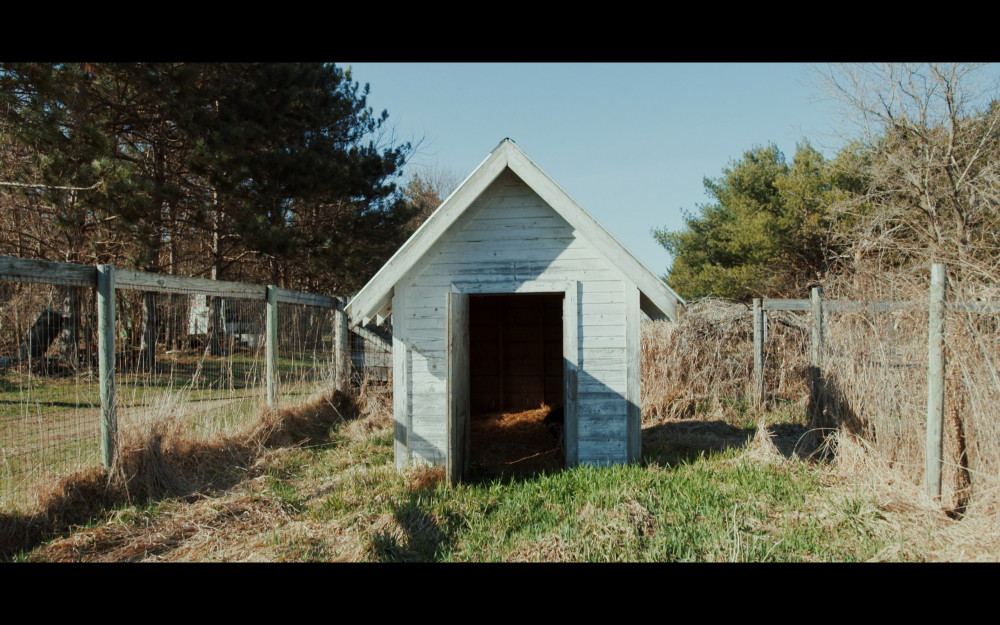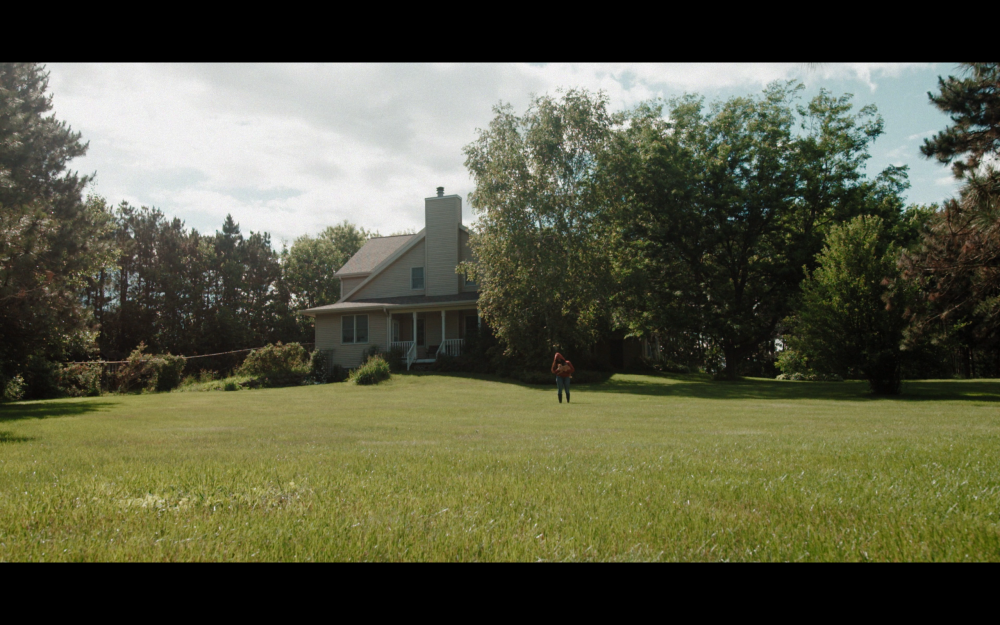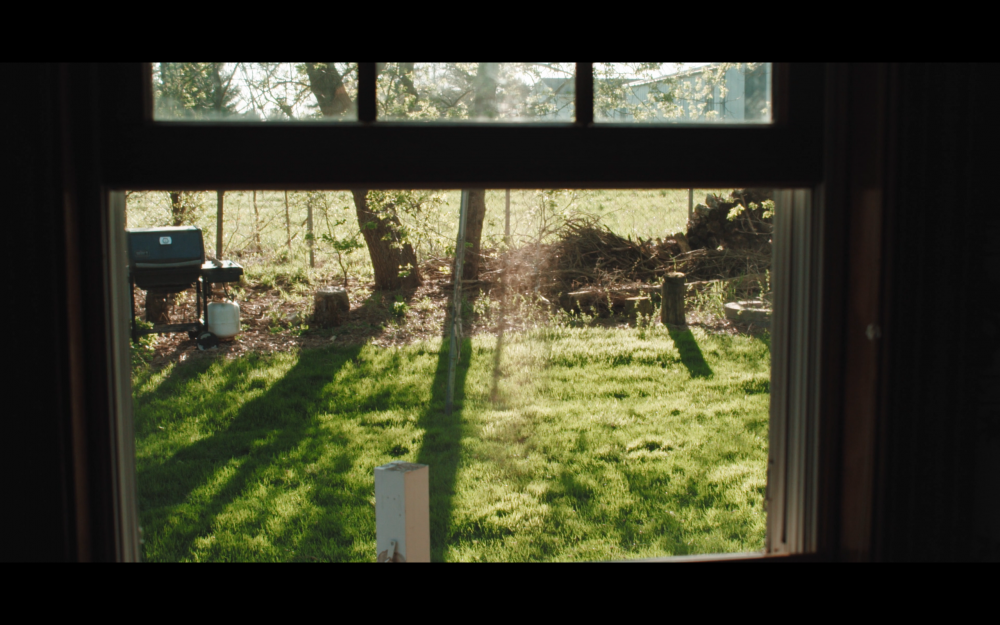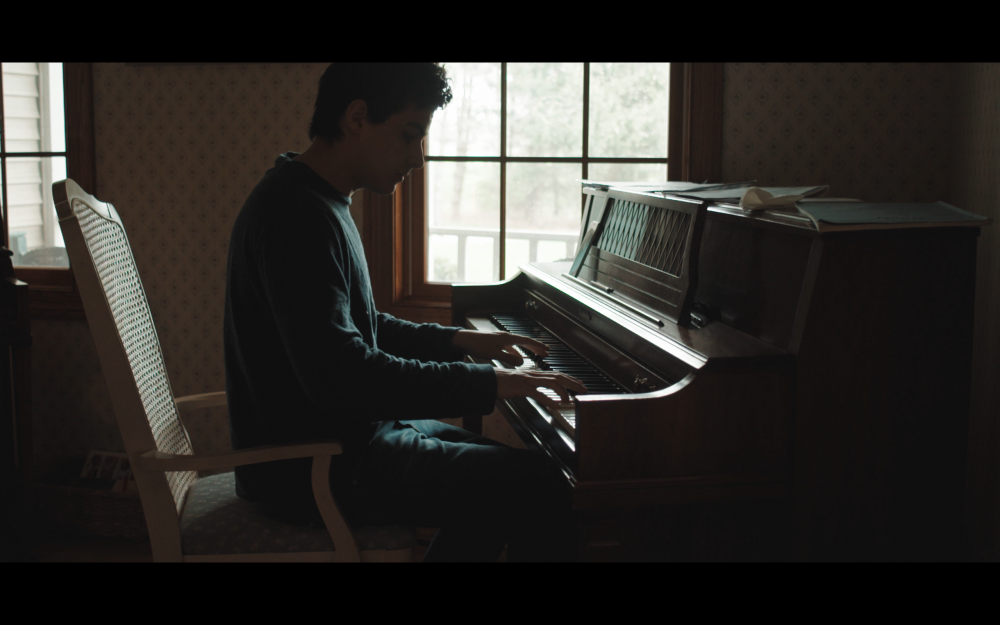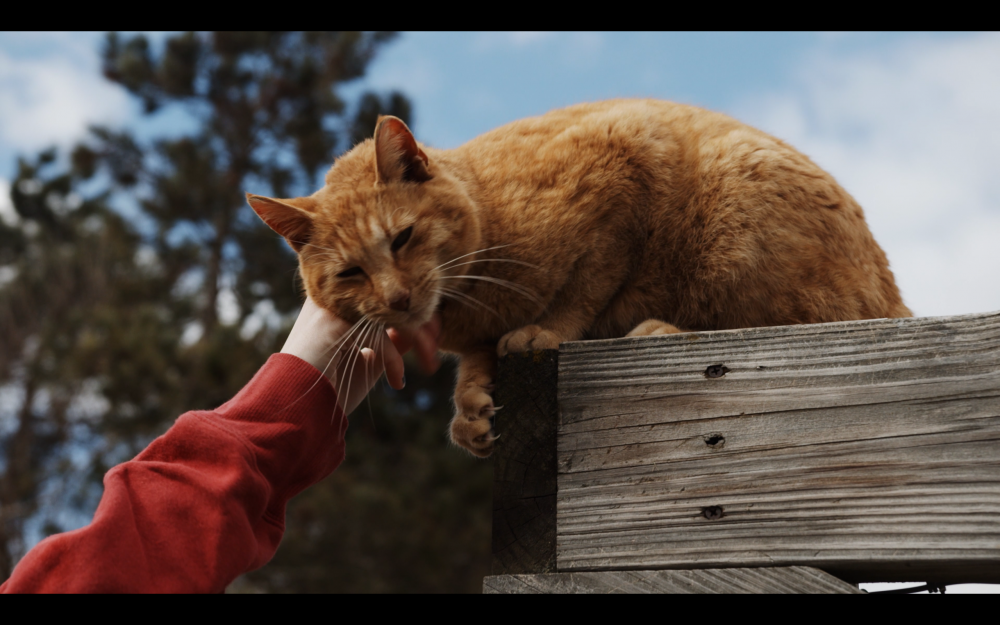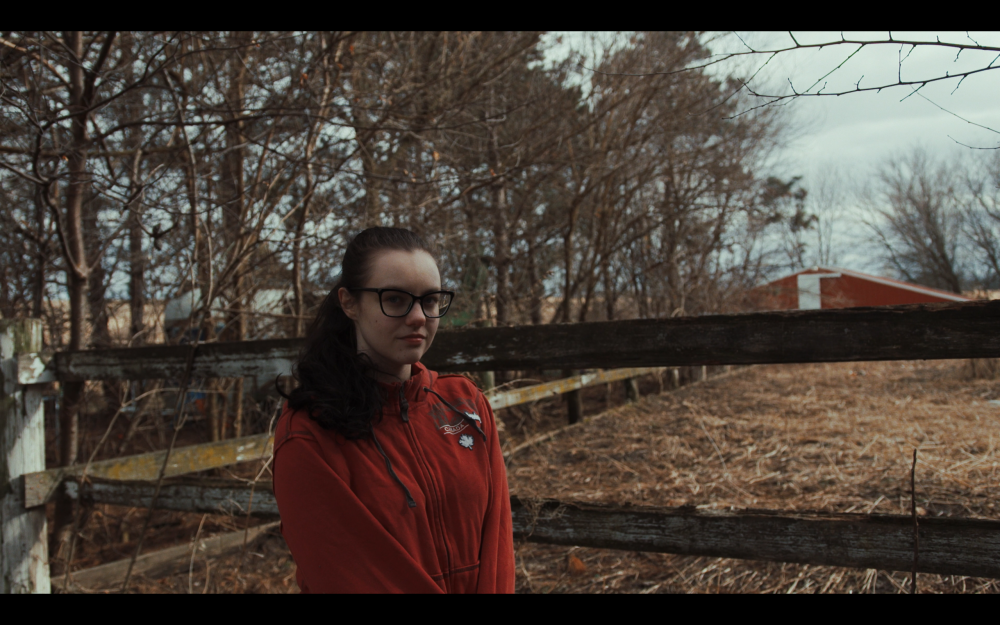Leaderboard
Popular Content
Showing content with the highest reputation on 02/13/2022 in all areas
-

35mm photo film emulation - LUT design
Simon Young and 5 others reacted to hyalinejim for a topic
I haven't been active on the forum very much recently, but I've still been reading and following discussions with interest. The main reason I haven't been around much is because I've been busy trying to emulate the colours of 35mm film for digital. I've focused on contemporary photo films (as opposed to motion picture film), trying to get as close to filmic colour as possible in Lightroom/Camera RAW. I've got quite good at it now: I can get a pretty accurate match. And I can use the same method to create LUTs for video that are also pretty accurate. However, post processing photos is a bit different to colour correcting video and I'd like to ask the forum's help in trying to figure out a few things in the LUT design. (To date, I've only tested my technique on GH5 VLog, as that's what I shoot. But the LUT should work on VLog from any Panasonic, although colours will be slightly different as each model has a slightly different colour response.) There are a few different components to my method: 1. Match overall contrast 2. Match hue and saturation of colours 3. Match colour shifts in the shadows and highlights Here is an indicator of its accuracy. On the top is VLog with my LUT and the bottom is the film scan (Portra 400 exposed at +1 stop) Here's a link to a folder with the LUT. It's for Panasonic V-Log and emulates the contrast and colour of Portra 400 overexposed by one stop and scanned on a Noritsu minilab scanner with slightly reduced contrast. However, I've removed the colour cast in the shadows and highlights for the sake of keeping the discussion simple, for now. https://drive.google.com/drive/folders/18RiY7dZ6AO87yMKArUvRDNKfouUVCu8H?usp=sharing My first question for you guys is what do you think about the level of contrast? I've actually reduced it a little bit relative the scanner's default contrast level. But is this the right level of contrast for you? Even though I've lowered the contrast level a little bit, it might still seem quite contrasty. That's because it's not designed as a "wide dynamic range" LUT that preserves much of the log signal, that you would then do further work upon. It's designed to give a "Rec709" level of contrast, so about 7.5 stops (which has traditionally been accepted as the average dynamic range of a scene). That means if you have a high contrast scene you might need to lower the contrast of the log signal before the LUT. Furthermore, it's designed so that middle grey as shot equals 126 RGB in Rec709 (almost 50 IRE) when the LUT is applied, which is what it should be. So any under or overexposure in the log footage will be quite apparent and require an adjustment before the lut. Basically, exposure and contrast and WB corrections should take place before, not after the lut. And, of course, it should be applied in a Rec709 colour space. If you can find a reliable way of making those adjustments directly on the log footage (you can in Resolve and After Effects, you can't in Premiere) then grading becomes very quick and easy. Here are a few VLog stills with the LUT applied to show how it handles skintones, saturation and contrast.6 points -
Obviously, I'm no stranger to being proven wrong so its not unexpected but I'm happy to be so in this instance.4 points
-

Lenses
kye and 2 others reacted to Marcio Kabke Pinheiro for a topic
Have to share a little story here. The year is 2012, starting to shoot stills and video more seriously, just got an GH2, influenced by a british guy which have a video site with DSLR / mirrorless cameras. Funny that the guy put "EOS" in the name of the site and the rage there was hacked GH2s (the GH3 was just launched). The same guy had a GH2 guide in which he recommends some vintage lens to use. One of then was the Canon FD 35mm f/2, which he praised a lot - got one in eBay, compared to the other FDs that I've got, was kind of expensive. Liked the lens; one "problem" was the yellowish tint of the thorium element. The british guy said that it was a pleasant characteristic, but my copy had a VERY strong tint, cheap ND filter like. With the "Ikea lamp" method, in 3 days the tint was much lowered, and yes, now it is very pleasant. I known that the prices were raising, specially after that popular video (very good, indeed) that tested each one and compared the FDs to the Canon cinema lenses. My copy have the concave front element (got by luck, was not filtering the seraches by it when I bought), which I know that is more valuable too. Paid US$ 199,00 in 2012, very good shape, optical elements pristine. Got a look at the prices in eBay this morning. HOLY SHIT. Thanks, british guy, a.k.a. @Andrew Reid. 🙂3 points -
Re. the use of the Olympus brand name on cameras going forward - this was in a dpreview news item on Jan 5th 2021:2 points
-
I just sold my FD 24 1.4 L for $5000 Australian ($4000 to me), Mine was very ratty externally but the glass was ok (apparently a few cleaning marks and a tiny not noticeable scratch). Others with bad fungus and worse have sold for MORE than i got. I maybe could have got $7000 on Ebay worldwide but am not greedy and sold it to a local dealer. Turns out these are being purchased to rehouse as cinema lenses and likely the same for your 35. I used some of the money to buy a GM 85 1.4 lens from the same bloke (and for about what I paid for the FD in the first place!).2 points
-

Let's All Dismiss Olympus
kye and one other reacted to Marcio Kabke Pinheiro for a topic
Albeit I've departed from m4/3 to Fuji, I love the m4/3 system, because of the small lenses - for an amateur like me, m4/3 have more than enough quality for both stills and video (switched only because of the incertain future, both Olympus and Panasonic were never officially sold here, and I use mid-range bodies and looks like the format will become specialized in high end video / wildlife / telephoto). The body of the OM-1 already leaked, is a child of the E-M1 MKIII and the E-M1X after a party full of booze. 🙂 No big changes from the other Oly bodies (good to see a dedicated AF-ON button, though). More of my concern were the high and strange bitrate numbers - looks like they are using the same codes, which were the problem of the Oly cameras. They never get to the said bitrate, are kind of soft (compared to Panasonic - which for some could be an advantage) and lacked in chroma department. Let's see how they perform in the new camera. There were interface problems too. Never had advanced video tools, like waveforms. I bet that they will keep one of the things that I hated most with Olympus - fixed screens layouts, like if you want a histogram you have to sacrifice something else. But their colors are good. When I had the E-M5 MK II, it's video quality was very bad compared to my GX85 - until a firmware with a video upgrade came (I guess that was v2. 0). Still never bothered too much, when shooting the Olympus was for stills and the GX85 for video. Just for the sake of testing, one day made a short clip in a Jose Gonzalez concert - oh boy, until this day just wish that I've recorded the full song. Still was a little bit soft than the GX85, but it was MUCH more organic - was probably the best image that I've got from that venue. AF, yes, looks the one that everyone wants in the GH6. @Dave Mazealready shown how good it is, and you can search for a guy named Nigel Barros that uses cheap gear and now is using a E-M1 MKII. From what I saw, is not Sony / Canon level, but looks like better than my Fujis. And the hated Jordan and Chris used an Olympus in the recent video review of the newer Leica,you could looks and takes some conclusions. I don't think that the OM-1 will be a contender for the GH6 for video, but for hybrid work, and with (probably) better AF and stabilization, could be an interesting option (and for stills will probably be better than the GH6).2 points -

The Aesthetic
kye and one other reacted to webrunner5 for a topic
I think video is getting more stupid by the day. It looks less and less like reality, HDR and high resolutions make for a fake look that one does not see with our eyes in real life. It is like there is a magnifying glass on every scene. It is just silly where this is headed. I am not saying it is supped to be Filimic or Cinematic as heck, but the direction it is going, well it has already gone too far, is not going to be to anyone's best interest going forward. It is ugly and surely going to get uglier. Clean like a Canon C100 1080p is ok, Blackmagic colors heck yes, razor sharp, cut your face look, nah that is crazy. I don't think a trend toward pumped up Olympus colors in video is a goal we should be pushing. Leave cartoon colors to kids on Saturday.2 points -
OK, had a play with your LUT plus a couple of FilmConvert alternatives: Premiere, S1H log footage The order is: 1 = The Portra Lut as provided, no tweaks 2 = The Portra Lut tweaked...albeit, I brought the highlights down too far 🤪 3 = Nitrate's version of Portra based on S1H log settings no tweaks. Err, a bit purple innit?! I wouldn't call that very 'Portra'! 4 = Nitrate Astia no tweaks 5 = Nitrate Astia tweaked 6 = Nitrate Velvia tweaked 7 = Nitrate Astia best I could get it 'globally' ie, without any masking skin type tweaks etc + with S 35mm grain 8 = As 7, but + FF 35mm grain (7 = the closest I have got to obtaining the look I am after for my own work...but is still a work in progress)2 points
-
Great write up and presentation. Thanks. Back then you matched the Gh5 to Canon 5d Raw. Now mercer wants you to match the 5d back to the Gh5.😊 @hyalinejim Little joke, dear friends! Would also love some 5d3 magic in Kodak and Fuji flavors! I am looking forward to test this Lut. Until now I still prefer grading the Gh5 more than the S1. Could be that Gh5 is supposed to be in 709 color space when in VLog while the S1 is in VGamut. The larger color space giving a different response and metric when working curves. Anyway, thanks a lot and looking forward to what we can achieve with your lut.😊2 points
-
Yes I agree. The 'problem' with judging colour science with screen grabs or photography, especially in side by side comparisons, is that your brain doesn't have time to adjust. If it's an entire movie or short film and has a specific colour, tone or whatever, we accept it much more easily, even if the colours are actually way off in regard to reality. This is especially evident in sci fi stuff like; The Martian, Mad Max, Dune etc where none of the colour in the entire move it exactly 'real'...but it becomes 'real' to us very quickly. I've looked at a few wedding films of a couple of folks I really rate and watching those, everything looks Captain Amazeballs. But when I have done some screen grabs and looked at those as individual pictures, I like it a lot less. We need to look at these things in isolation IMO, ie, the entire film needs to gel, same as a set of images needs to do the same. That's what I am working on myself, - a film grading style that is not too heavy handed, but is mine and ditto a photography grade that is similar with both complimenting each other.2 points
-
So... back to Portra 400. I've been shooting some film lately and although I haven't shot any Portra yet, I've been looking at hundreds/thousands of photos on Flickr and it looks pretty close to me. I like how your LUTS are handling different types of skintones, which is evident in the Caucasian male image and the Asian male and female. If only you made a set for ML Raw.2 points
-
I am also currently down the rabbit hole of trying to find a consistent end result to log that I like. This level of science is way beyond anything I have tried which has ended up as being FilmConvert Nitrate. It’s giving me the look I was hoping for. Still playing with fine-tuning a baseline that I can apply to all my work because yes, I do want a consistent look across all my work. With your examples, the comparisons of the girl, as with most of these side by sides, my pick is always, “somewhere between the two”. The Panny one is a touch magenta and yours a touch yellow/green/washed out. As above, somewhere in the middle would work best for me. And this is one of the things I like about Nitrate and that is you could just use the ‘film stocks’ just as they are, but you are encouraged to play. The problem I always find is ALWAYS skin tones. Without resorting to tweaking the skin tones of every single clip, there isn’t much with an ‘aesthetic’ that keeps them as you’d want without skewing everything else. That again is why something ‘in between’ can work well, a happy compromise. Or just tweak the skin tones in every damn clip… Well done with the effort made and even if it does not end up producing the end result you are looking for, you will have learnt so much from the process.2 points
-

35mm photo film emulation - LUT design
PannySVHS and one other reacted to webrunner5 for a topic
Non either. I do have a reputation to uphold remember. 😬2 points -

The spec race isn't anywhere done yet! Canons crazy Komodo patent is wild..
Xavier Plagaro Mussard and one other reacted to webrunner5 for a topic
I get it from both sides. I live in a small town, 12,000 people that has a large college in it, 25,000. The young girls think I am a Pervert and the women with kids think I am a Pedophile lol. I can't win. But on the weekends when both the boys and girls are drunk, they come up to me and want to be in my movie lol.2 points -
The spec race isn't anywhere done yet! Canons crazy Komodo patent is wild..
Xavier Plagaro Mussard and one other reacted to ND64 for a topic
Damn, I need to sell my Lamborghini to buy memory cards for 10k 120fps.2 points -

Olympus sells Imaging Business
noone and one other reacted to John Matthews for a topic
Nope. Looks like we're getting a new flagship in 2022, which is cool.2 points -
Let's All Dismiss Olympus
ac6000cw and one other reacted to Mark Romero 2 for a topic
Just to add a historical footnote... The E-M1 MK II actually DIDN'T have PDAF in video until firmware 3.0, which was two-and-a-half years AFTER the release of the camera (E-M1 MK II was released in 2016, Firmware 3.0 released June 18, 2019). That also means the firmware was available only AFTER the GH5 had been available for two years and a couple of months. And I am with you in that I wasn't sure Olympus still even made cameras until I saw that @Dave Maze video, too. There are a few things that drive me mad with my E-M1 MK II, such as the fact that LOG and Flat Profiles are ONLY available in 24fps DCI (not in 23.978fps, nor in UHD 16:9), and you have to do a bit of menu diving to get in to those picture profiles. On the other hand, for non-log, using the Natural profile with reduced contrast, sharpness and saturation is really nice as long as the dynamic range isn't overwhelming.2 points -

Lenses are putting a practical limit on DR to 14 stops?
Mark Romero 2 and one other reacted to webrunner5 for a topic
Well to me the biggest thing about DR that most people don't realize is that you Have to stay at the sensor's base ISO or you are just wasting your time at any other ISO. Now some of the newer cameras have dual ISO and that does really help on that front.2 points -
The patent system is broken. I remember years ago seeing enough examples that were beyond ridiculous that I now just think of it as yet another system that is dysfunctional and if you have enough money you can basically do anything. I just want lots of camera manufacturers to start making smaller cameras so that it gives us solo hand-held guerrilla-shooters more options 🙂2 points
-
The Aesthetic
kye reacted to HockeyFan12 for a topic
I don't think there's as much difference between what pros and amateurs are doing as you'd think. But upgrading an entire "pro" workflow takes a lot longer and costs a lot more than an owner-op upgrading one computer and camera. The platforms are converging too. I don't think you need that much resolution for cinemas or normal sized tvs – film prints were I think around 720p. For stills you need more resolution, for anything on a computer too with retina displays since it's close to your eyes. On retina screens you need more resolution whether you're on Netflix or YouTube. Where I would go, if I were a manufacturer, is not hybrid but special-purpose cameras. I think the S1 is the best deal on the market because it does everything well. But it doesn't do anything THAT well. Sony seems to be doing the best job of this with the A7 line but I don't think there's enough differentiation even there. Or maybe convenience wins. I dunno. I suspect we'll get more and more and better and better "faux" vintage lenses. And better and better LUTs. Consumer-priced Tribe7-style lenses, I think, might find a market. I think we'll probably just get sharper and sharper images with more and more exaggerated "film look" characteristics everywhere else. I do think if you have a lot of talent and money you can get away with being more subtle. Like Deakins. Or Steve Yedlin. And for long-form content you don't want the image to be distractingly aestheticized anyway imo. But I dunno.1 point -
Panasonic GH6
kye reacted to newfoundmass for a topic
I've never used a gh5 for my sports work and thought "this rolling shutter is so bad." If no rolling shutter is one of its big selling points, then I can't say I'm be impressed. Rolling shutter is another one of those things that the viewer doesn't notice. DfD with genuine AI has potential, but we'll have to see it in real usage and what AI actually means in this context. People are dead set on PDAF, and I get it, but I don't know that there's anything stopping DfD from being as good as PDAF with the right processing. If you remove the pulsating, which has gotten better in the most recent releases, and increase its accuracy, you should be capable right? I've decided to stick with M43 for a couple more years, but don't see myself buying a GH6. I think I'll end up snagging up two used GH5 bodies and selling my G85 and GX85 so that all 3 of my cameras will be the same.1 point -
Let's All Dismiss Olympus
Mark Romero 2 reacted to Video Hummus for a topic
Sony use to own stock in Olympus but sold it back I believe several years ago. Will be interesting to see if OM System will fizzle or if they will be acquired. You would think Panasonic would be interested but their camera division is probably not high on the totem pole to the rest of the company interests since the market has constricted. I'm still very interested in the latest OM-1 camera. I have a feeling it was already a blueprinted product at Olympus and very little changes were made since the spin off company from Olympus.1 point -

Let's All Dismiss Olympus
Mark Romero 2 reacted to Andrew Reid for a topic
I have a bit of a conspiracy theory about the new OM digital company. I think Sony will help it along, and maybe Sony has some interest in taking a stake in a competitor who was formerly more close to Panasonic. Rumours of a Sony Quad Pixel sensor in the new OM digital camera, could make it surprisingly advanced tech. As for video... Olympus had a few fans but the masses always saw them more as a photography brand like Fuji, and unlike Fuji, Olympus did not do a big video push later on or any dedicated hybrid models like the Fuji X-H1. Plus if you had a bunch of Micro Four Thirds lenses and wanted video... You wouldn't choose an E-M1 II over a GH5. Personally I liked both. Olympus did do some things in a different way, and it's up to opinion whether that was better than Panasonic. Plus, E-M1 II had phase-detect AF. E-M1 X is a nice body, they went out on a high. Of course it lacks all the myriad video features of Panasonic and 10bit. But it has a seriously nice image and great ergonomics, plus superb IBIS.1 point -
Let's All Dismiss Olympus
Mark Romero 2 reacted to ac6000cw for a topic
The restriction is only mentioned in the manual as a footnote on page 39 ('Selecting the AF target mode'): "The single target mode is automatically applied in movie shooting if the group target mode is set" - it took me a while to work it out too. I know what you mean... I like the 'Super Control Panel' (probably better than the Pana 'Quick Menu' equivalent), but the Oly main menu system badly needs needs a total re-design.1 point -
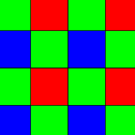
Let's All Dismiss Olympus
tupp reacted to M_Williams for a topic
No, they certainly do have the rights. Unless they have an agreement with Olympus that stipulates some pretty odd things. Can't really say more.1 point -
According to this post in the UMP12K thread by androidlad that sensor is a customised version of a 120Mp Canon industrial sensor, so may be too expensive for use in a $2500 camera, even if Canon were willing to sell it to Panasonic (and able to, given that BM may have exclusive rights to that version of it).1 point
-
The Aesthetic
webrunner5 reacted to TomTheDP for a topic
I think the future is something aside from video we have now. We aren't lacking in resolution at this point. Our images just look flat because they are. I am not sure if 3D is the way forward as I hate it but maybe something like that.1 point -
Let's All Dismiss Olympus
Mark Romero 2 reacted to ac6000cw for a topic
Yes, the inconsistences on the E-M1 MK II get annoying - a few of mine: DCI not being available in 25p or 30p No AF-lock capability (other than an 'AF-off' function that can only be programmed to the lens function button, not to any of the camera buttons - so is unavailable with most lenses). A central single point focus area that's larger in video mode than in stills mode (undocumented, and very awkward for wildlife video e.g. filming birds through surrounding foliage). No 9 and 25 point area AF for video (just central single and all points) - you can use LCD screen 'touch AF' to get a small/medium area, but you have to remember to do that before hitting record and it's not persistent. (The Mk III does have 9 and 25 point area AF for video). The DCI 4k/24p/LOG/Flat situation feels like product marketing wanted some 'Cinema' feature tick boxes added, but never considered that some of those features are just as useful and appealing to video users who use other frame rates...1 point -

35mm photo film emulation - LUT design
hyalinejim reacted to kye for a topic
I think this is where the art and true deep-knowledge come into this whole challenge. I don't know what tools or techniques you're using to make your adjustments, but there are a number of ways to accomplish something, and certain ways are more or less likely to break an image. I highly recommend watching Juan Melaras YouTube videos where he matches things (and if you can find it, he did a video replicating the Linny LUT but pulled it down - maybe it's available somewhere else). I suggest this because he does a bunch of really cool things using alternate colour spaces (HSL, YUV, Lab, and more) and using tools that won't break the image such as the channel mixer or curves. It's obvious that Juan can look at the response of a LUT or look and see the big picture and knows what global tools can align to that look the easiest way without breaking it. Have you read a lot of resources about film emulation? Happy to share my bookmarks on it if you're interested. What reference setup are you using? I would imagine that you'd want to use as high a quality of light you can (definitely a black-body radiation source) and either the sun or a halogen lamp, and then just ignore all other lights as they will be inferior. The other challenge will be the shape of the RGB spectrum sensitivities, eg: The way that Juan has matched these is with the RGB mixer, although there might be some situations where that won't be completely effective, not sure. Yeah, huge variation exists between batch, processing method and labs... Steve Yedlin had a lot to say about that in this article that I'm assuming you're familiar with: http://www.yedlin.net/OnColorScience/ A phrase for colour matching that I really like is "in the same universe". It accounts for how closely you need to match individual shots in an edit, but it also accounts for what @MrSMW says about getting used to the look while watching a film, which is absolutely a factor too. We never watch the same scene through two different cameras / processes / grades, so differences have quite a degree of tolerance. I have a theory that making a grade that allows for WB adjustments should be completely possible. I never got around to trying it, but my theory is this. The camera does things in a certain order: light comes in and hits the sensor with its spectral sensitivity the camera applies the WB the camera applies the colour profile I think that the secret is to organise your adjustment so that it peels-the-onion by reversing the order of operations, like: undo the colour profile (GH5) undo the WB (GH5) adjust the spectral sensitivity from the source camera (GH5) to target (film stock) apply WB adjustment of target (film stock) apply the colour properties of the target (film stock) The challenge is to separate the three layers, which in my case I was matching two digital cameras and so you could just take a RAW still image in each which allows you to separate out the colour profile from the sensor and WB. I think you could potentially still apply some of this logic by building the adjustment in a modular way and shooting the colour checkers in a range of WB situations (maybe using gels?). Then you might be able to adjust the WB and spectral sensitivity adjustments in their own nodes and you could see if they are compatible with the same colour profile in matching the reference images. The order of operations isn't completely clear in my head, but I think you need to do controlled tests to work out the spectral sensitivities first using a proper WB, then the WB adjustment by shooting RAW stills in different WB settings, then the colour profile. Hopefully that made sense? It would require getting the order of operations completely down, and executing in a meticulous way, but if I'm right then it should be able to be done. If you make it modular like I suggest then once you've done the GH5 version the Canon RAW version would be super easy. The adjustment would only require reverse engineering the spectral sensitivity and WB on the Canon and then applying the properties of the film stock which you've already done. Juan Melaras discussion on how he made his BMPCC 4K and 6K to Alexa conversions, and in my GH5 to BMPCC thread were very interesting and I think because he was just going from RAW to RAW he didn't have to nullify colour profiles in either camera, just having to do the two lower-levels.1 point -

35mm photo film emulation - LUT design
PannySVHS reacted to hyalinejim for a topic
Thanks for the suggestion, but it seems that there are already more than enough skin tone hues on the IT8 chart I'm using, from the point of view that I'm not able to match them all 100% accurately without breaking the image. So having more patches wouldn't necessarily help by any means. A broad problem seems to be that of metamerism: patches that have different spectral frequencies that are erroneously understood by the recording medium to be the same colour, introducing erros. I have already experimented with a range of commercially available charts, as well as attempting to design and digitally print my own. But I've found this one to give the best results. Yes, this is the plan. So for Portra 400 and Fuji 400H you can get a usable exposure, arguably, from -3 to +7. The James Miller style LUTs that were so popular in the last decade and sold a million cups of coffee and other hipster products were very much based on the idea of underexposed film: lifted blacks, muted colours and strong colour casts highlight and shadows. On the other hand, slightly overexposed has been perhaps a bit more in vogue in recent years, in the style of Jose Villa's overexposed Fuji 400H wedding photography. I have something similar that I've been using but will totally check this out. I can live with a little bit of artifacting, perhaps. And in this version of LUT I've posted, there may well be some: the reds might be a bit funky in places when they get saturated. As I've suggested it's totally a trade off between accuracy and image integrity. It's possible to get a 100% match for all patches but the image is destroyed by this. The trick is to hold on to as much accuracy as possible while avoiding banding etc. Yes, but I wouldn't necessarily base an opinion on the colour hue on just one image. It's possible that the ambient light in the room was a bit green or that the WB tint on the cam was off - usually the Panny colours are screaming way too much magenta and in this example look quite reasonable. That said, Portra 400 does skew towards green, especially compared to Fuji 400H which is very much magenta, possibly reflecting the differing tastes in desirable skintones between the American (Kodak) and Japanese (Fuji) markets. You're right about the saturation though. I find it slightly low. Now, Portra is supposed to be relatively low saturation. But bear in mind that what I'm emulating is a specific roll of film, that has degraded since it left the factory according to the conditions it was stored in, that has been developed in a specific chemistry that may deviate more or less from the ideal C-41 recipe. This is a long-winded way of saying that I have seen slightly different results from different rolls of the same film stock shot at different times and developed in different places. It's something I'm going to look into a bit more. With my lut it should be sufficient to do a little bit of white balance tweaking. But I've observed that it's, for example, sometimes towards red and sometimes towards green as you would expect with normal variance of colour temperatures. If you try to globally WB the Panny colours for skin then everything goes green. Absolutely! And I'd guess that what Portra does is push greenish skin and magenta skin more towards the same hue. That's why skin tends to look so uniform with it. Definitely give Portra a go! It's expensive but the results are slightly nicer than the cheaper film stocks. At some stage I will make a set for Camera RAW and Lightroom for digital RAW, but that may not be the preferred workflow these days.1 point -
I don't have V-Log so can't apply it my my own footage, but I have a few thoughts. To me, I think the colour charts can only get you so far with skintones as they don't have enough hues to work with. Assuming you're shooting your own film and can point it at whatever you want to, I'd recommend making your own colour checker that has a much more detailed set of hues around the skin-tone hues. You could either do this the arts and crafts way, and mix some paints. I'd recommend getting a hue that is quite red and one that's quite yellow and then blending them together in various proportions to create a number of steps that smoothly go between the two hues. if you then mix each of those with white in greater proportions you should get a version of each hue in gradually diminishing saturations. I'd let them dry then compare them to your own skintones and see if they include your own skintones. You might have to try this a few times to get the source colours and strengths right, but you should be left with a grid that covers the pie in the vectorscope around the skin tone indicator quite well. The other way to do it is to do it digitally and then have it printed. Then try and compare it to real skintones and iterate if required. Those tests won't be calibrated the way a colour checker is, but it'll give you the ability to really dial in the response of that critical region, which is useful as long as you can shoot test shots from both cameras under identical conditions. The other dimension is to shoot the charts in a number of exposures, to capture what happens to hues when they are exposed lighter and darker. Another thought is that if you're not doing it already then you should confirm with a LUT stress test image to ensure you're not accidentally breaking the image. I use this one and find it very useful: https://truecolor.us/downloads/lut-stress-test-image/ Good luck with this, I've done a lot of camera matching over the last few years and it's a frustrating but interesting challenge and very educational. Actually, doing this is a spectacular way to get a deeper understanding of colour science. I've matched cameras on multiple occasions and it's an amazingly difficult technical exercise if you want to get a good match, and I've always learned a lot each time I've done it. LUTs have a poor reputation which is mostly undeserved. Yes, there are lots of YouTube camera bros out there selling LUTs as the answer to getting good colour, but someone writing a bad book doesn't mean that literature is worthless. Apart from the fact that manufacturers supply technical LUTs to take their various LOG formats to a 709 colour space, the use of film-emulation LUTs is one of the best-kept secrets of the professional colour grading industry. I've heard that the majority of TV shows and movies include the use of a film-emulation LUT of some kind. It makes sense - if you're a professional colourist you're looking to get the best results in the shortest possible time you'll use whatever tools can do that. It doesn't mean that those using a LUT aren't knowledgeable enough to have created it, some in-fact did create their own film-emulation LUTs for their own use and their own secret sauce. Some even custom-wrote their own plugins in scripting language with all the mathematics involved. Colourists save their own power-grades to apply quickly, and a LUT is simply a type of power-grade. Using a LUT doesn't mean that the skill of a colourist isn't required. It's the same as everything else, an Alexa and Master Primes doesn't make you a great cinematographer, using Sky Panels or haze doesn't make your film look wonderful, and using an NLE doesn't mean that you don't have to know how to edit.1 point
-

The Aesthetic
webrunner5 reacted to kye for a topic
I agree that the early Alexas were emulating a 2K film scan and that with more resolution they are further away from that look, and that the look of cameras is converging. What is interesting to me is that on the one hand we have resolutions that are going up exponentially, which are taking us further and further away from the resolution / sharpness of film (specifically the resolution/sharpness of the film you would see in the theatre, which was a few generations removed from the original), but on the other hand we have a continued obsession with film-emulation in colour science. Now, don't get me wrong. When it comes to the pros, DPs are tempering the high resolution sensors with vintage lenses / filters / haze, and in post the same people that are applying film-emulation in the colour reproduction are also emulating the resolution / halation / gate-weave / grain, which all also reduce the effective resolution of the image. The pros seem to be taking a more holistic view of the overall look. However in the amateur / low-end space it seems to be only about high resolution sensors and lenses and emulating the colour reproduction of film. It seems very strange. Keen to hear your thoughts on if you think the target aesthetic is changing, or if people have just lost sight of the whole picture and got swept up in the hype of the camera market..1 point -

35mm photo film emulation - LUT design
majoraxis reacted to hyalinejim for a topic
Anyway, if anyone who doesn't hate LUTs, is interested in film emulation and does have a Panasonic camera would like to try this out I'd be very interested in hearing from you. No hard feelings, @webrunner51 point -

Let's All Dismiss Olympus
Mark Romero 2 reacted to kye for a topic
I must admit that I have always been confused by their model numbering system. Something like the Panasonic lines (G, GX, GH) or Sony (Ax, AxR, AxS) or Canon (xD, xxD, xxxD) etc make it easy for people to navigate. If Olympus had a system in their model numbers, I never saw anything that explained it. That makes a lot of sense. I would have been surprised if I was choosing between an Olympus and the GH5 and the Olympus brand ambassador I was talking with just failed to mention the Oly had PDAF! I do remember that the Olympus was more about getting it right in-camera than the GH5 which had the log profiles and 10-bit, which would allow more flexibility in post. That definitely matters to me as I shoot travel in available light and really appreciate the flexibility in post that I can get. Yeah, it definitely smells like a rebrand from some marketing people. I'd imagine that such a thing would be a pretty standard process - failing brand comes on as a client and you do the normal brainstorming / focus group / market research / graphic design / blah blah blah stuff.1 point -

35mm photo film emulation - LUT design
PannySVHS reacted to hyalinejim for a topic
Let's take one aspect of the LUT which is possibly its most important: hue, saturation and lightness of colour and let's leave the contrast constant and compare the film emulation (bottom) to Panasonic's own V-Log to Rec709 colour transform (top). You might agree with me that one of these looks better than the other in terms of luminance and hue of skintones: Portra 400 is famous for its attractive skintone reproduction, offering slightly desaturated, even porcelain-like skin which skews more towards tan than pink in terms of hue.1 point -
i was taking a more along the lines of actual guerrilla shooting, not paying for permits that sort of thing. Mums and dads is quite different and quite obvious as to whats going on. i'm not sure i'd call educating some security personal a failure. Sure its a waste of 5 minutes of your time however most of these courses are kinda rudimentary, and half the time its a second job for some poor soul. Cant see them covering the differences between mum and dads and guerilla filmmaking in the course material. For those of us who have nice gear and want to use it. I feel it all comes back to leading from the front. Take your gear use it where you can, sure you will be looked at, sometimes questioned even nocked back at times. For those time it may be wise to have a smart phone as a backup I reckon we just have to accept the fact that people will need educating. i do know if you want to clear a room either cough really loud or pull out a camera bigger than a smartphone. 🤣 i had my p4k in the main street of town taking some footage of the old post office which has a large clock set into the tower. It amused me that people where actually crossing the street to go around me. Mostly women, which amused me even more as women generally goto great lengths to look good before they go out, then when they do come across a guy with a camera they head in the opposite direction 😀1 point
-
Let's All Dismiss Olympus
tupp reacted to Video Hummus for a topic
Ok, so why didn't they come up with a better, more memorable name than some bargain basement OM SYSTEM? They could have bought the rights to the Olympus "Stylus" or "Zuiko" trademarks.1 point -

The spec race isn't anywhere done yet! Canons crazy Komodo patent is wild..
PannySVHS reacted to Andrew Reid for a topic
Plot twist. This patent is actually for the Komodo. Canon makes it for RED. Just a thought. Probably an incorrect one but it is oddly similar isn't it?1 point -

Let's All Dismiss Olympus
kye reacted to M_Williams for a topic
I can't say anything without violating NDA but let's just say I am not happy about the direction OM System is going with the naming scheme in some ways (in other ways it is better - OM-1 is much cleaner than OM-D E-M1).1 point -
It's not about rules, it's about perception. We're at a funny time in history. Anyone can shoot in public with a phone and no-one bothers them. Governments and private residences can setup permanent security cameras that record people in public without their consent. It's legal in most public places (here in Australia anyway) to record video. Most private places such as museums and galleries and amusement parks and events allow photography and videography for private use. The only thing that really isn't allowed is professional shooting without a permit. Unfortunately, the way that people tell the difference between the two is by the size of the camera. If I went to a park with a bunch of other parents and we all stood in a line recording our kids, everyone with an iPhone and me with an FS5, I'm going to be seen differently. If I go to a museum and film my kids running around with a BMPCC6K and a shotgun microphone I'm going to get interrogated by security. Guerilla film-making is a phrase to indicate that you are shooting without permission. It doesn't mean that you NEED permission, it just means you don't have it - just like all the mums with smartphones don't have it either. It means that fitting in and not getting noticed matters. It doesn't mean you're doing anything wrong. If someone calls security and I have to talk with them and convince them that I'm not doing anything wrong and they walk away, that's still failure to me because I don't want to have that happen in the first place. It doesn't matter that I'm not doing the wrong thing. To give you an idea about how poorly venues are able to distinguish between pros and amateurs, I went to a temple in Bangkok and there was a sign at the entry. 8mm film cameras are ok, 16mm film cameras are not. That was 2019. I hoped that no-one would think my GH5 was a 16mm film camera.1 point
-
Lol that's the camera I always wanted1 point
-
Wonderful! More resolution wouldn't improve those images, quite the opposite I think.1 point
-
Its an amazing image!! @Josue Nunezbeautiful !!1 point
-

Let's All Dismiss Olympus
tupp reacted to webrunner5 for a topic
Years ago the Olympus EM1 was the only body that had Phase Detect AF in it. Had to use it if you wanted to use the old 4/3 body lenses which were crazy good. Olympus has always made a lot of great lens.1 point -

Panasonic GH6
Juank reacted to Trankilstef for a topic
According to 43rumors : Ok so we can basically say goodbye to the pdaf technology... 5 times faster than GH5, it litterally means nothing. They had similar claims when they introduced the Panasonic s5. How can they be that stubborn, especially for a video centric camera? It's the only thing that prevented them to rule the video centric mirrorless game. Another missed opportunity if it appears to be true (rated FT4).1 point -
Sony PMW-F3 with 2500 hours on it. Should I buy it?
TheRenaissanceMan reacted to Josue Nunez for a topic
1 point -
With a name like OM-1, which is recycled from their 35mm SLR days, you'd think they'd follow their own company's history and produce the smallest full frame camera. And with the 12bit raw rumor, I was hoping for an internal version, or internal ProRes. If these specs are accurate, this isn't how you make a splash. I mean, no 4K all-i?!1 point


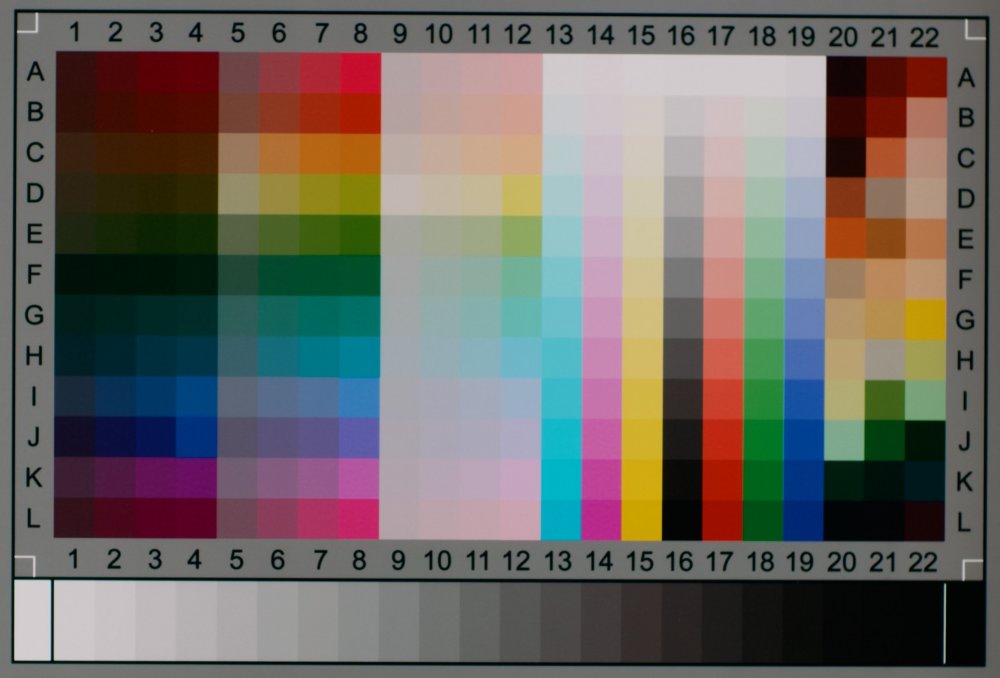
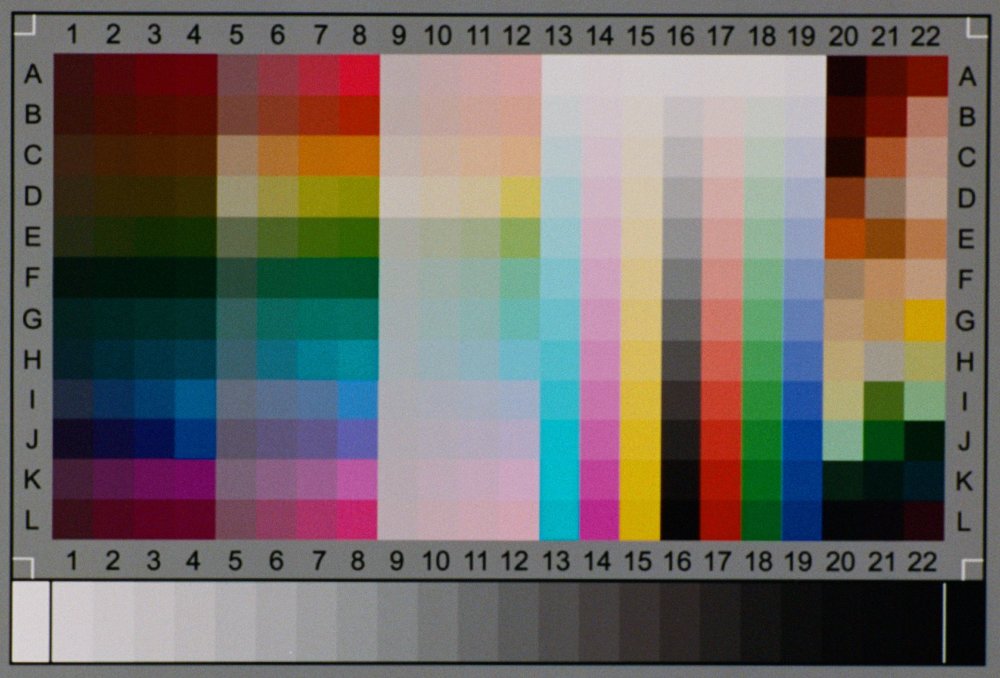
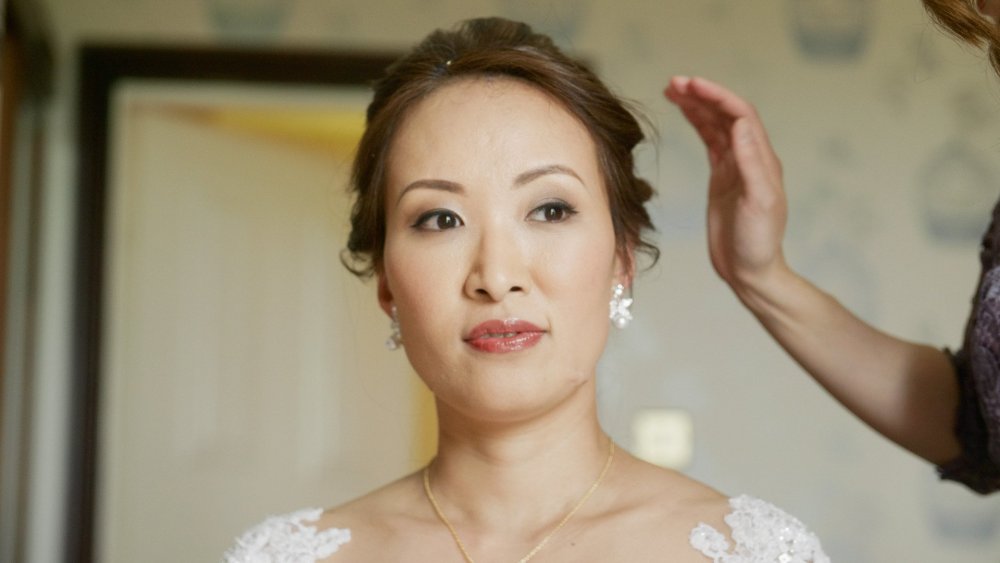
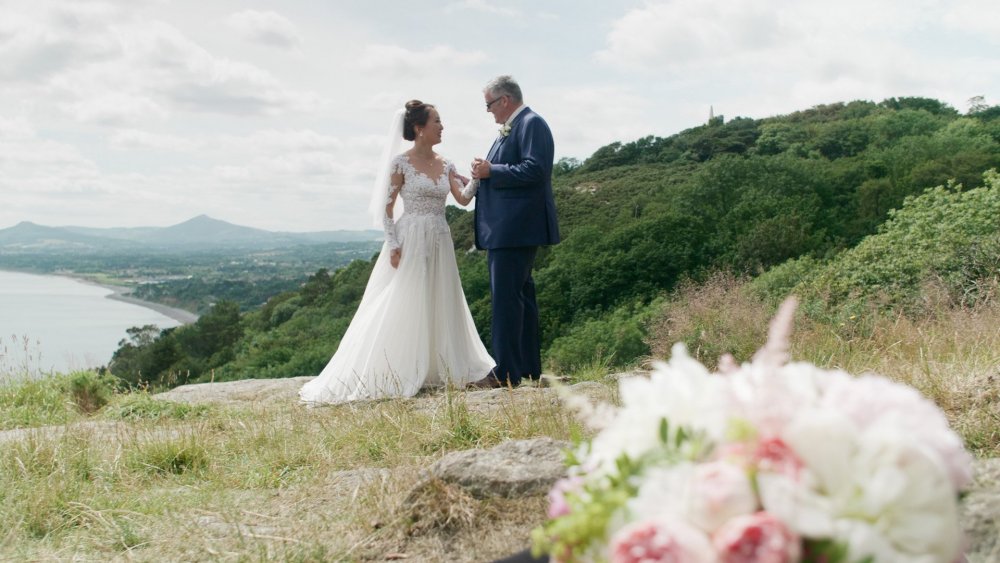

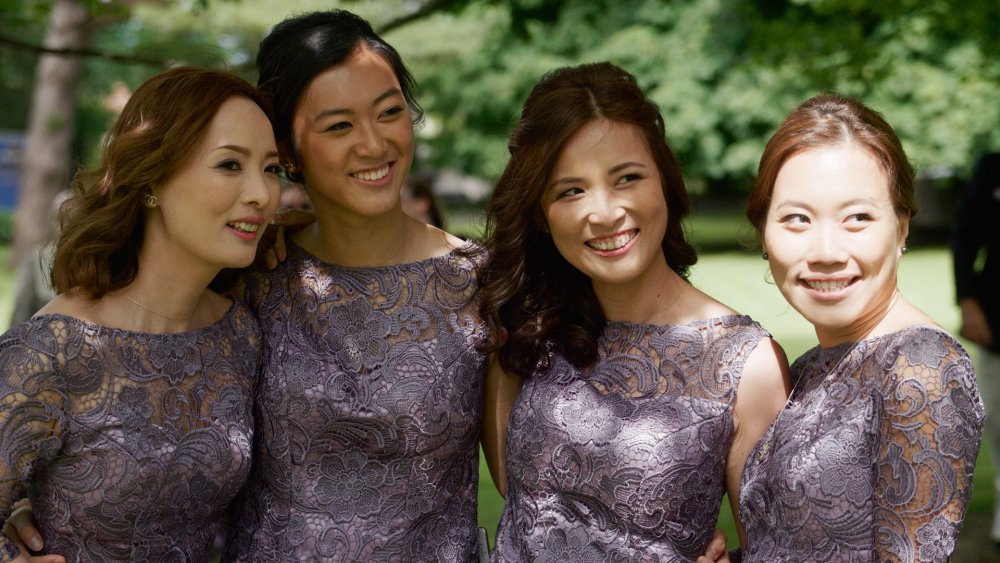
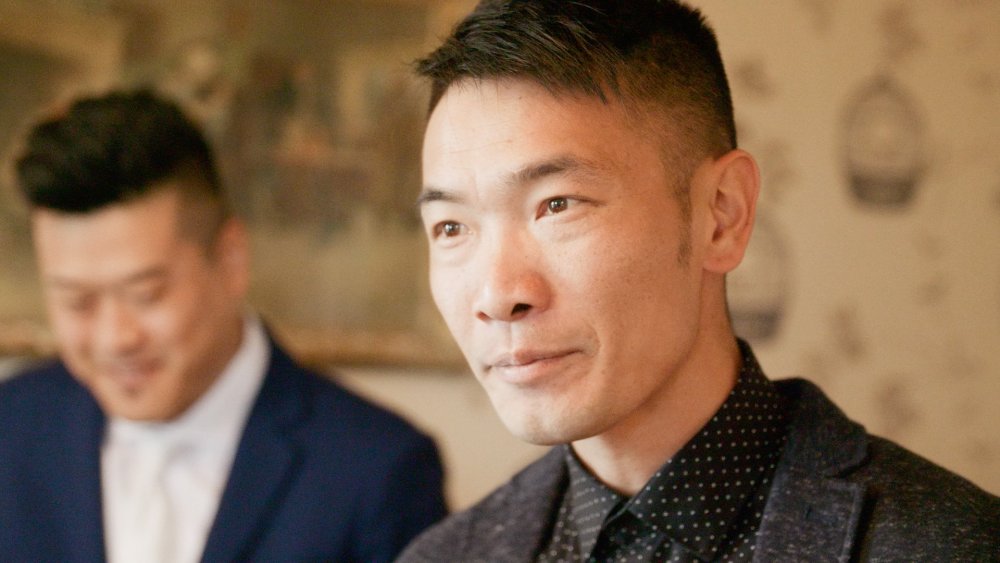
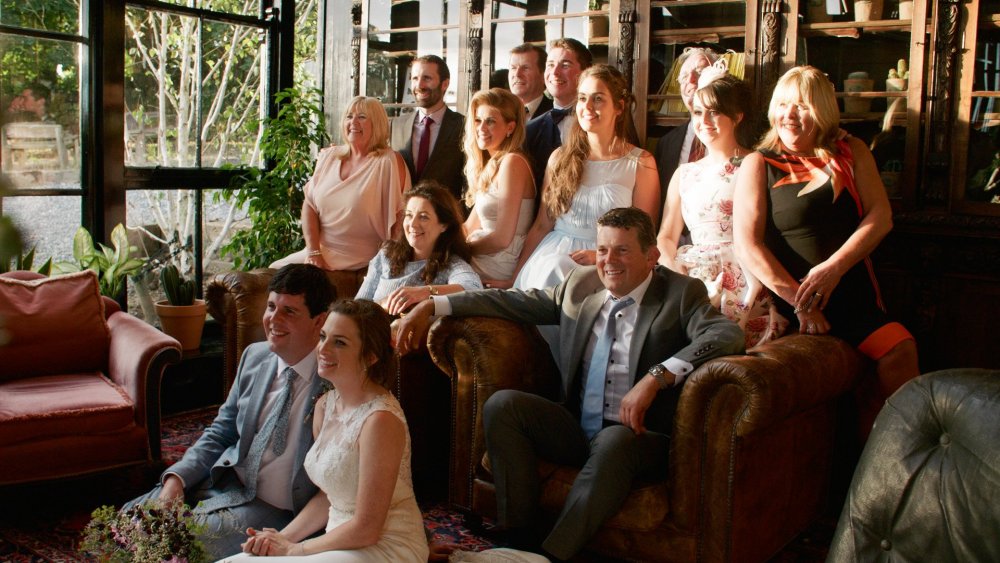



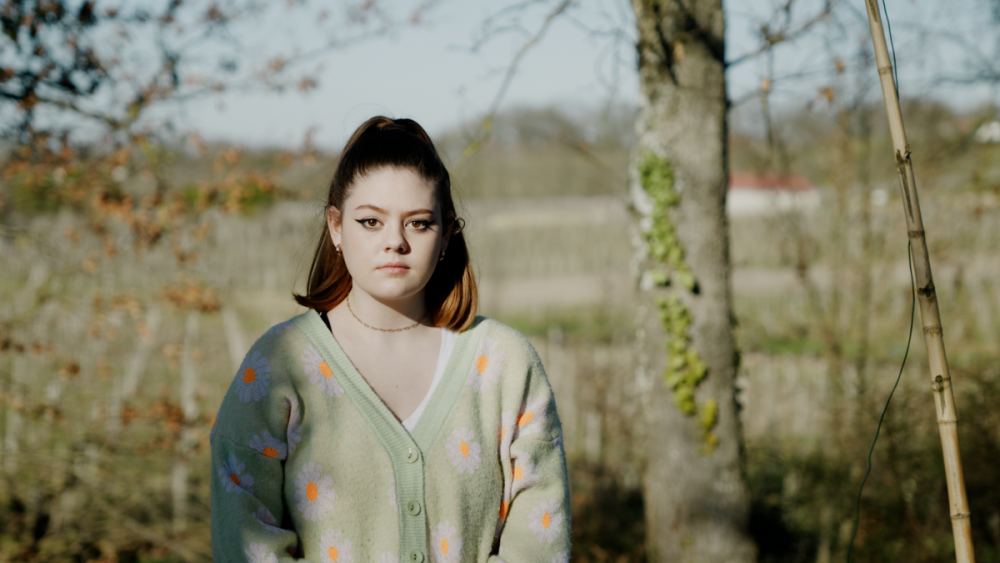
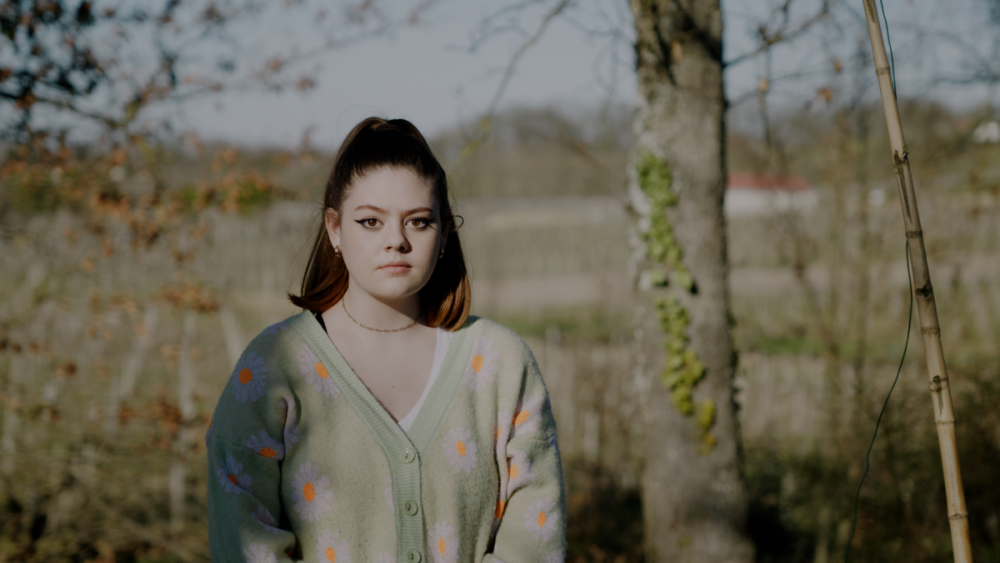
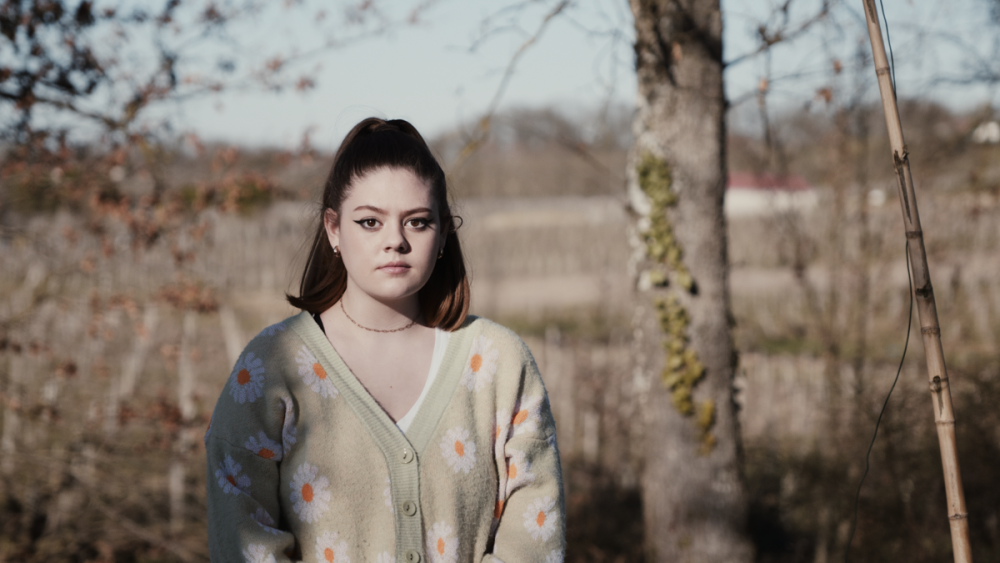
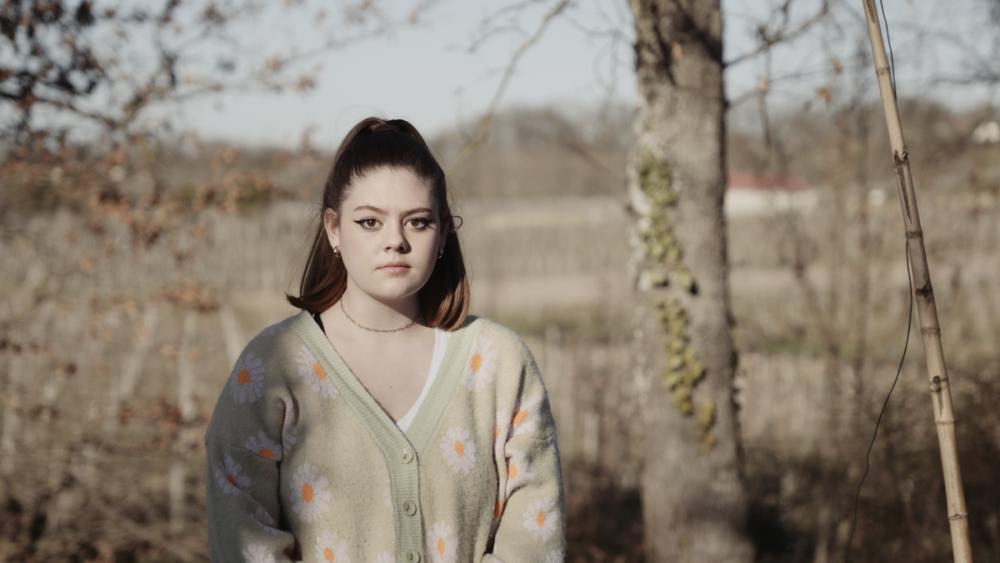
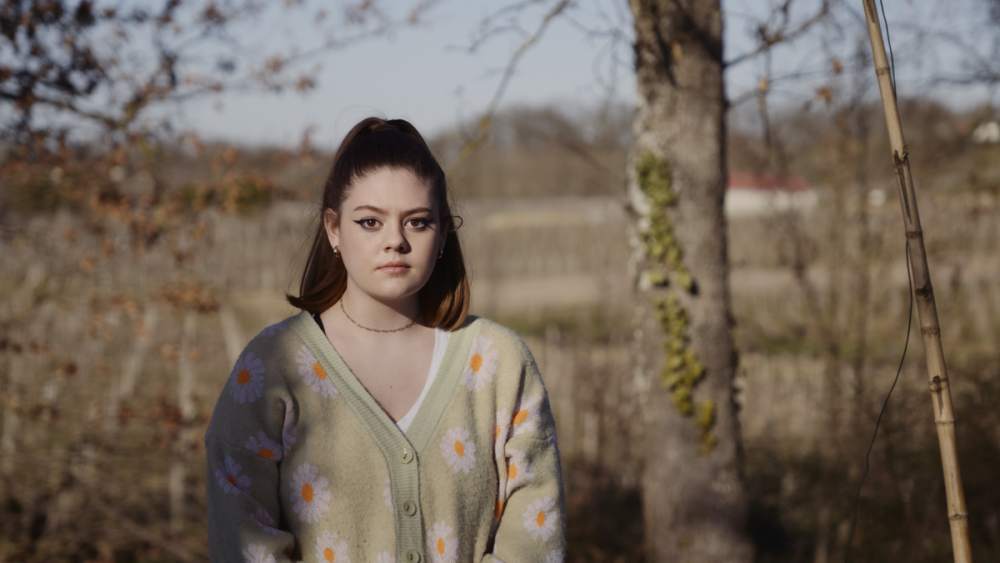
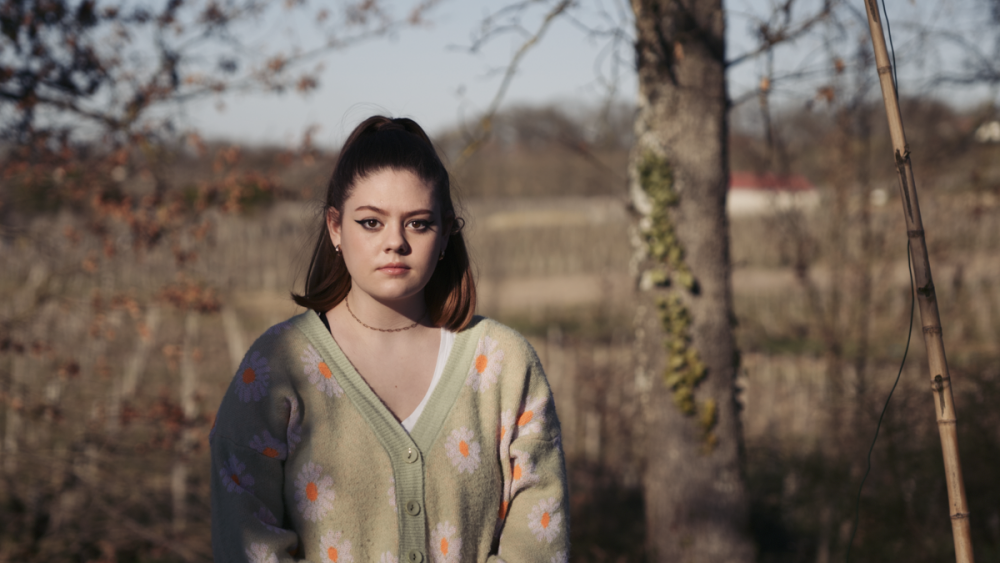
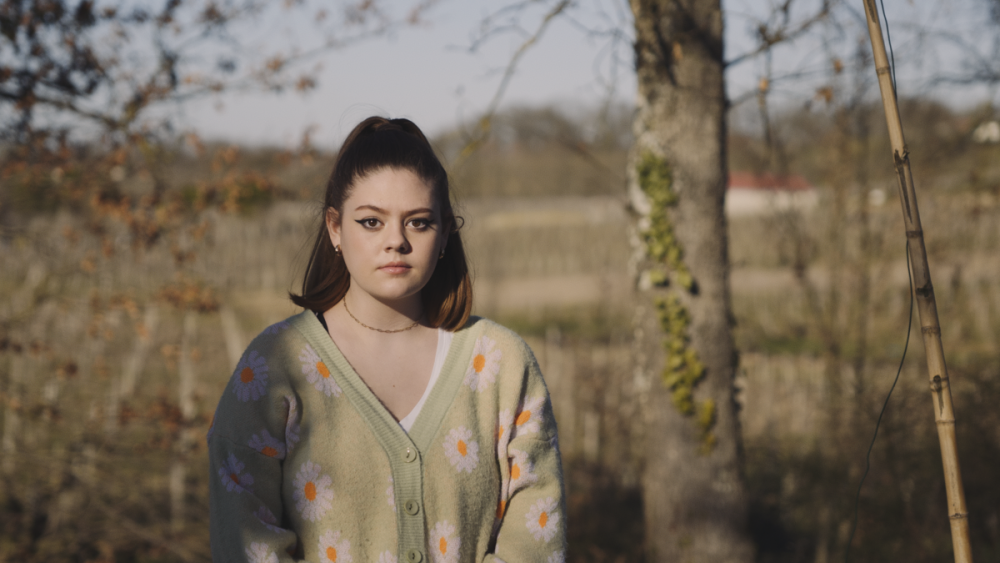
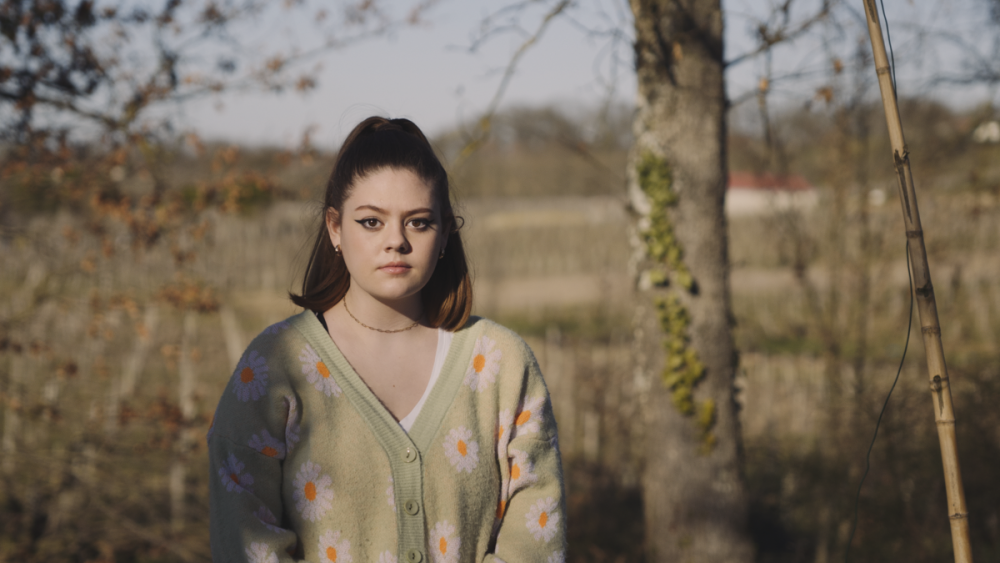
.thumb.jpg.ff50d893ee490643a608bc6049c91896.jpg)
_1.thumb.jpg.e252bd4424bef280f91c21d411ec21f0.jpg)


